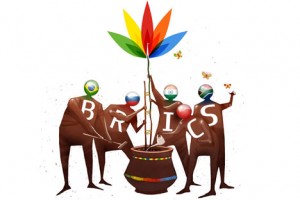Greece is on the right path, Fitch reversed the cut made last year in May, giving back the B- rating. This decision is intended to show that the country is still carefully observed but important steps have been taken in order to get to real economic recovery. Even if the end of the year promises not to bring any changes concerning the rating, next year we may see some movements depending on the situation in that period.
The rating agency is motivating its decision based on the real improvements made and the fact that there won’t be a scenario with Greece out of Euro zone. The Economic Adjustment Programme is on track, significant reforms have been made in the labour market and the privatization process is successfully running in present with the first important privatization since the EAP begun. Greece has managed to sell 33% stake of OPAP (Greek Organisation of Football Prognostics).

